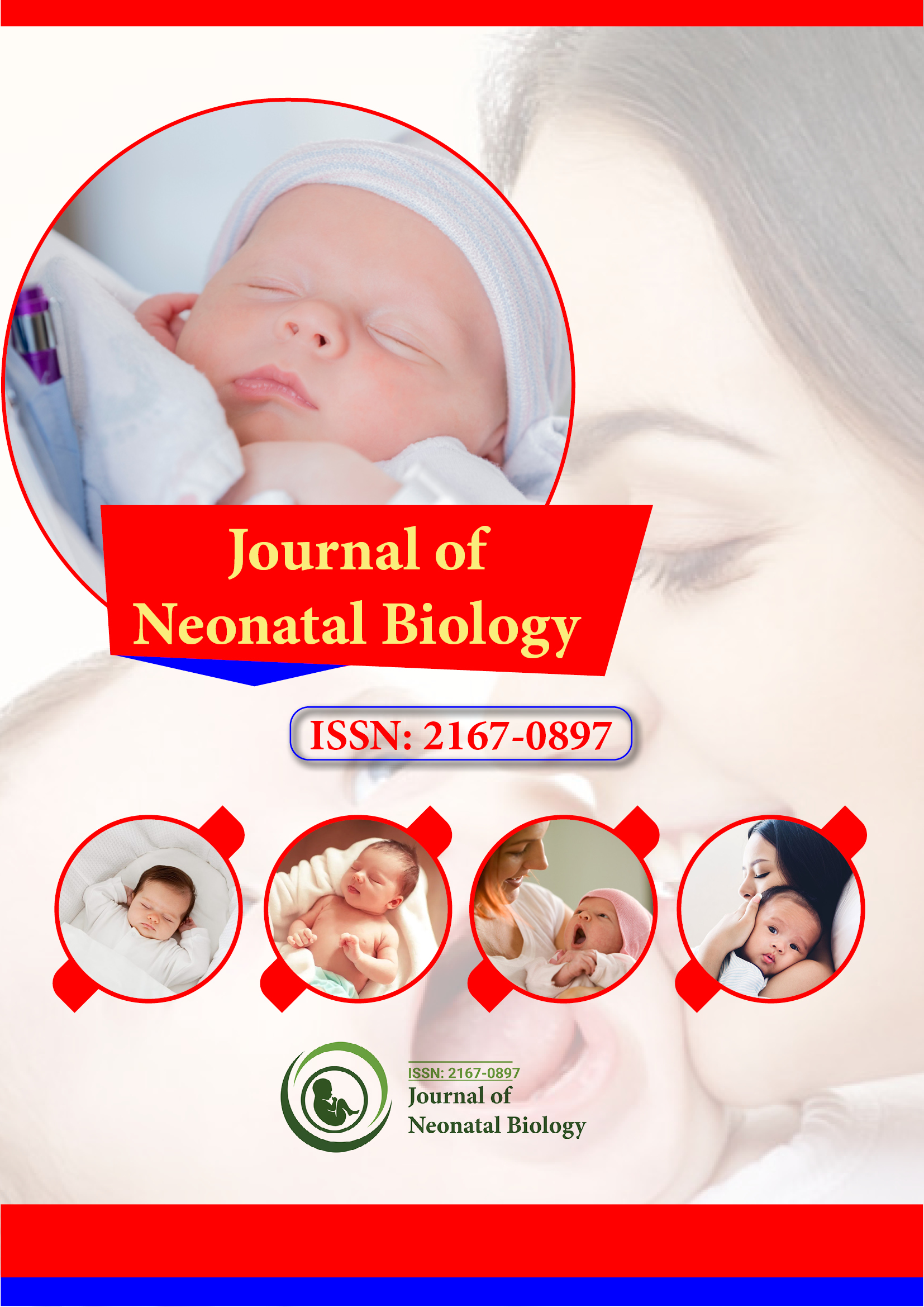Indiziert in
- Genamics JournalSeek
- RefSeek
- Hamdard-Universität
- EBSCO AZ
- OCLC – WorldCat
- Publons
- Genfer Stiftung für medizinische Ausbildung und Forschung
- Euro-Pub
- Google Scholar
Nützliche Links
Teile diese Seite
Zeitschriftenflyer

Open-Access-Zeitschriften
- Allgemeine Wissenschaft
- Biochemie
- Bioinformatik und Systembiologie
- Chemie
- Genetik und Molekularbiologie
- Immunologie und Mikrobiologie
- Klinische Wissenschaften
- Krankenpflege und Gesundheitsfürsorge
- Landwirtschaft und Aquakultur
- Lebensmittel & Ernährung
- Maschinenbau
- Materialwissenschaften
- Medizinische Wissenschaften
- Neurowissenschaften und Psychologie
- Pharmazeutische Wissenschaften
- Umweltwissenschaften
- Veterinärwissenschaften
- Wirtschaft & Management
Abstrakt
Intrauterine Growth Retardation - A Review
Srinivas Murki and Deepak Sharma
Intrauterine growth restriction (IUGR) is defined as fetal growth that is below the normal growth potential of a given infant due to genetic or environmental factors. The terms IUGR and small for gestational age (SGA) are often used interchangeably to describe the same problem, although there are minor differences between the two. The burden of IUGR is primarily concentrated in Asia, where nearly 75% of all affected infants live. Various maternal, placental, neonatal, environmental and genetic factors contribute to the frequency of IUGR infants in Asia. These newborns are unique in that they are at special and increased risk for immediate and long-term complications compared to infants of the corresponding gestational age. In this review, we aim to introduce the types of IUGR infants, possible maternal, fetal and placental causes, short- and long-term neurodevelopmental effects, and evidence-based preventive measures to reduce the burden of IUGR. This report also highlights the genetic contribution of the mother, fetus and placenta in the development of unexplained or idiopathic intrauterine growth failure.